|
In addition to knowing about the different types of drywall that are best for different areas of your home (which we talked about in episode 248), it’s good to think ahead of time about the style and finishes you want for your walls so you’re not stumped when your builder or drywaller ask you if you want a Level 4 or level 5 drywall finish. Or whether you want any texture on your walls, straight square corners or bullnose? Today, I’ll briefly cover whether smooth or textured walls are more popular for today’s new builds, and if curved bullnose corners are still in style. We’ll also cover the basics of drywall finish levels so you can confidently tell your contractor what you prefer. Let’s jump right into our lesson with a pro term...
PRO TERM: Corner bead
Corner bead is metal or plastic material that is used on the corners of drywall. Corner beads are accessories that are installed on corners during drywall installation to make the drywall corners look neat and to make them less prone to denting and other types of damage. There are several different styles of corner bead available. Curved bullnose and standard square 90 corner beads are by far the two most common varieties. So remember that term, corner bead, our pro term for today. Let's go a little deeper into differences between bullnose and standard square corner beads. Your home’s style and your own style and personal preferences should dictate the type of corner bead you choose. Both bullnose and square straight corners are still used in new builds today, but standard straight 90 corners tend to be used more readily. Although straight corners are often used in traditional homes, these 90 degree square corners are also a perfect fit for more contemporary houses. In vast majority of homes of any style, you will find square drywall corners. They are easy to install, requiring less skill, experience, and time. BULLNOSE CORNERS Bullnose corner bead was extremely popular in 90s and early 2000s. And bullnose is still commonly used in certain regions of the country. Southwestern adobe style houses, for example, typically have bullnose corners. People with small children might prefer rounded bullnose corners because they will cause less pain and injury if unsteady toddlers and rambunctious kids run into them. Plus those bullnose corners are less prone to chipping and damage as compared to straight corners. That’s not only helpful if you have small children, but also if you have lots of people moving about your house because you entertain regularly or have a large family. The main challenge with bullnose corners is that it’s difficult to transition from one paint color to another with rounded corners. It’s also harder to install window trim and baseboard with bullnose corners. And bullnose corners, or any specialty corner, is typically more expensive than standard square corners. If you like bullnose corners but want an updated look, you might consider a more narrow profile. Today’s bullnose corners tend to be more narrow than the very broad bullnose corners of the 90s. I’ve heard some contractors call those more narrow bullnose corner beads a baby bullnose. So those are the two most common corner profiles, standard straight square corners and curved bullnose corners. There is another style cornerbead that I saw a few years ago in a showhouse in Tennessee. I had never seen it before and it really caught my attention. So much so that I considered it for my own home, mainly because it was so different and eye catching. It’s called a chamfer corner bead. CHAMFER CORNER BEAD From what I’ve read, chamfer corners are most often used in commercial spaces. A chamfer corner has a flat face and is angled on the left and right of that flat face. In other words a chamfer corner is a flat surface made by cutting off the very edge of the corner. METAL VS PLASTIC CORNER BEADS Now that we’ve talked about different corner styles, I just want to quickly mention the differences between the corner bead materials. Most corner beads are made of metal or plastic. There is no clearly winner here. There are advantages and disadvantages to both. Usually drywall contractors strongly prefer one or the other and they may not even ask you which you prefer. If you feel strongly about having metal vs plastic corner breads in your home, ask which the contractor uses before agreeing to work with him. The advantage of metal corner beads is that they are extremely sturdy, durable and long lasting. Despite being more durable, though, if metal corner beads are hit too hard, they can dent. A dented metal corner bead often has to be entirely replaced. Another disadvantage to metal corner beads is that joint compound, which us used to cover corner beads, doesn’t bond well to metal, so the joint compound may chip off when bumped, exposing the metal beneath. Metal can also rust over time, especially in damp, humid areas. That rust can potentially bleed through the paint causing unattractive stains. Plastic or vinyl corner beads are not prone to rusting and they are fairly easy to work with. Plastic is also more flexible so it works well along curved radius corners. However, plastic is generally not as durable as traditional metal corner beads and sometimes plastic corner beads can crack or break, and occasionally they also can be dented. There are also paper-faced metal and paper-faced composite corner beads which are more expensive than their regular metal or plastic counterparts. These can create strong, smooth corners, but some contractors find the paper-faced corner beads more difficult to work with and may not have experience with them, so you may be charged more. TEXTURED VS SMOOTH WALLS Now, moving on to wall textures. So the big question is "Are people still putting texture on their walls today?" The answer is yes, but overall, from what I’ve read on homebuilding forums and designers, most people want smooth walls. However, in some parts of the country, textured walls are the norm. So, both smooth and textured walls are "acceptable." In areas of the country where textured walls are common, you’ll most often see orange peel or knock down texture. Orange peel texture is slightly bumpy and looks vaguely like the peel or skin of an orange— especially if you squint a little. Knockdown texture is like a heavier orange peel texture where the tops of the bumps have been knocked down or pushed down. There are several other textures available and different ones may be popular in your region. For example, hand troweled textures are used more often in the west and southwest and in Mediterranean homes. Troweled textures are those you sometimes see on stucco exteriors or plaster walls. If you want some texture on your walls, but aren’t sure which to choose, ask a local real estate agent about what’s commonly seen in new homes in your area. Or stop by local open houses and see what’s on the walls. Our eyes are often drawn to what we’re used to seeing, so if textured walls are not a thing in your area and you add them because you love them, just realize that adding texture to your wall may turn some future buyers off. Smooth walls are usually not a problem as far as resale goes because if a future buyer wants to add texture to a smooth wall, it’s pretty easy to do. In most regions, textured walls are usually a more budget friendly choice. The exception here might be if you want hand troweled walls in an area where hand troweling is not commonly done. Smooth walls are commonly more expensive than textured walls because of the extra care and effort needed to produce a wall without bumps or blemishes. Not only does producing a smooth wall take more time for the painter, but also for the drywaller. That leads me to the last part of our mini lesson: Drywall finish levels. You’ll more than likely be asked what level of drywall finish you want in your new home. So let’s talk about it. DRYWALL FINISH LEVELS Drywall finishes go from level 0 to level 5. The long and short of it is, the higher the level of drywall finish, the more steps are taken to hide and smooth out drywall seams, tape, fasteners (screws) and corner beads. As you may know, tape is used to cover drywall seams. After the seams are taped, joint compound, sometimes called mud, is used to cover tape. Joint compound is also used to cover the fasteners, which are usually screws, and to cover corner beads, which are sometime referred to as accessories. Higher levels of drywall finish look smoother because more joint compound is used and the more scraping and sanding of excess joint compound occurs during drywall installation. Very well lit spaces and those areas with glossy paint and smooth, non-textured walls, require a higher level of finish. Heavily textured walls or surfaces that will be decorated with thick wallpaper can get away with lower finish levels. I’ll give a brief description all levels of drywall finish for completeness, but know that most custom homes will have a level 4 or level 5 drywall finish on walls in public areas, unless heavy wall texture will be used. A quick aside here: make sure your drywall installer leaves a 1/2-inch gap near the floor. This allows for floor and wall expansion without cracking the drywall. It also helps prevents moisture wicking if the floor gets wet. Alright, now what about those drywall finish levels? Remember, there is level 0 to level 5. Level 0 Unfinished drywall. There is no taping, no finishing and no corner beads. The drywall is simply attached to the wall studs. You usually only see level 0 drywall in an unfinished house. Level 1 Frequently used in attics and other areas not normally open to the public. All joints and interior angles of the drywall are taped and the tape is embedded in joint compound. Level 2 Joint compound goes over all drywall joints, interior corner angles, screw heads , and corner beads. The finish surface must be free of excess joint compound. Level 2 drywall typically goes on unfinished walls behind tile and built-ins. You can also choose it for your garage and other areas if appearance is not your primary concern. Level 3 Uses even more joint compound. Level 3 drywall is typically used on walls where heavy textured finishes such as popcorn texture or for walls that will be covered with a heavy duty wallcovering. This level of finish should not be used if you want your walls to have a smooth painted surface or a lighter weight wallpaper. Level 4 Drywall has an even smoother finish with no marks or ridges. When complete, level 4 walls will be ready for primer, followed by wallcoverings, flat paints or light textures. Gloss, semigloss and enamel paints are not recommended over this level of finish. Level 5 Drywall is the highest quality, smoothest finish available. Joints, tape, corner beads and fasteners (screws) should not be seen at all. In addition to multiple coats of joint compound over joints, seams, corner beads and fasteners, a thin skim coat of joint compound is applied to the entire wall surface. This level of finish is required where gloss, semigloss or enamel paint will be used. You’ll also want level 5 drywall if you prefer smooth untextured walls and on walls where extra lighting will shine. Level 5 Drywall, as you can imagine, is the most expensive option. Depending on how large your house is, Level 5 drywall can add thousands to even tens of thousands of dollars to your new build. If you want level 5 drywall, but can’t afford to put it throughout your house, choose a few special rooms for level 5 drywall and put level 4 drywall elsewhere. You can top the level 4 areas with a light orange peel paint texture, which isn’t as pronounced as adding a spray-on orange peel texture to the drywall before painting. Most spec homes without a drywall texture will have a slightly bumpy orange peel paint texture. My current house does. Okay, so say you decide you want to pay extra for smooth level 5 drywall. You’ll also want to make sure your painter is able to apply your paint smoothly too. Otherwise that upgraded level 5 drywall finish will look like level 4 drywall with a light orange peel texture. Yep, unless intentional steps are taken for a very smooth paint finish, your level 5 drywall can have a slightly bumpy orange peel texture even if the drywall finish beneath it is as smooth as glass. If you invest in level 5 drywall, you’ll also want to invest in a painter who knows how to achieve a silky smooth paint finish. Ask to see examples of his smooth finish work or talk to past clients before hiring him if a very smooth wall is what you want (you’ll want to do that for the painter and the drywaller, by the way). You can ask him the steps that he takes to ensure a smooth paint finish. Here are some things he might say: 1. Buy good quality paint 2. Wipe walls down before painting to remove dust. 3. Strain the paint to remove air bubbles and debris. 4. Thin the paint with an additive to create a finer finish and to slow the drying process. Quick drying paint is not what you want if you want a smooth finish. 5. Don’t shake paint. Use a stir stick instead. 6. Don’t store or spray paint in high humidity. 7. If paint is being applied with a sprayer, don’t spray out too much paint at a time. In other words, adjust the paint output so it’s not too high. 8. Thoroughly clean the sprayer before each use. 9. Be sure the paint is completely dry before applying additional coats. Alright, let’s finish up with a couple of quiz questions to review some key points. QUIZ 1. True or false: Smooth, non-textured walls are more popular than textured walls in today’s market. Well, that’s true, but kind of a tricky question. Smooth walls are requested in most custom builds overall, but in many regions textured walls are the norm. Orange peel, knock down and troweled walls are the most popular textures in areas where wall textures are used. 2. True or False: Bullnose corners are out of style. That’s false. The type of drywall corners that should go in your new home should be determined by the style of your house and your personal preference. The popularity of bullnose drywall corners varies from region to region. Although bullnose corners are not as popular as they were in the late 90s, many homeowners today are adding them to their custom builds. Bullnose corners might be the right choice for you if you are building an adobe style house or any style house where you want the walls to have a softer look and/or if you have little kids, a large family and lots of visitors who might ding or be dinged by sharp corners. If resale value is a priority for you, choose corners (and wall textures, for that matter) that are common in your region. It’s true that standard straight corners are a bit more popular, but there is nothing wrong with choosing bullnose corners or even something completely unique like a chamfer corner if that’s what appeals to you. I hope this mini lesson helped you realize that there are really no truly wrong choices for wall finishes (well, popcorn ceilings might be considered a wrong choice ;-), but in general you should do what you like and what you can afford. That’s it for today. I hope you learned as much as I did. Thanks for stopping by. Please remember that the purpose of this podcast is simply to educate and inform. It is not a substitute for professional advice. The information that you hear is based the only on the opinions, research and experiences of my guests and myself. That information might be incomplete and it’s subject to change, so it may not apply to your project. In addition, building codes and requirements vary from region to region, so always consult a professional about specific recommendations for your home.
0 Comments
Your comment will be posted after it is approved.
Leave a Reply. |
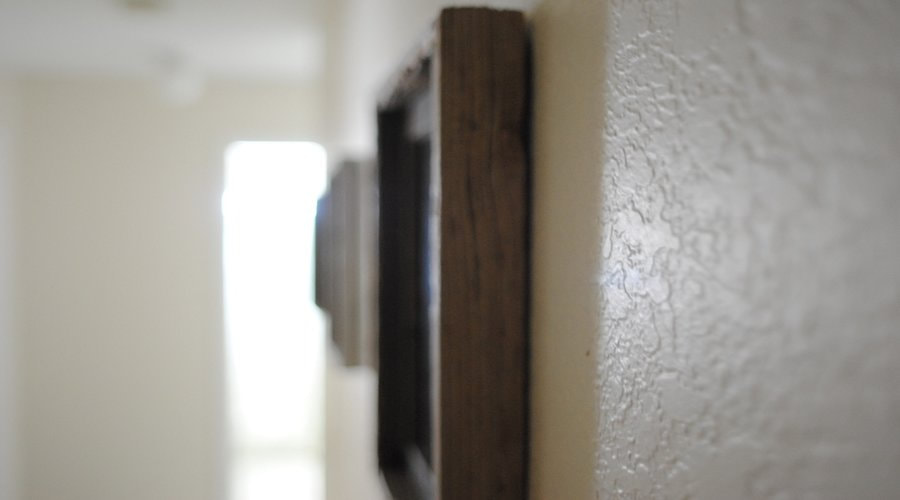
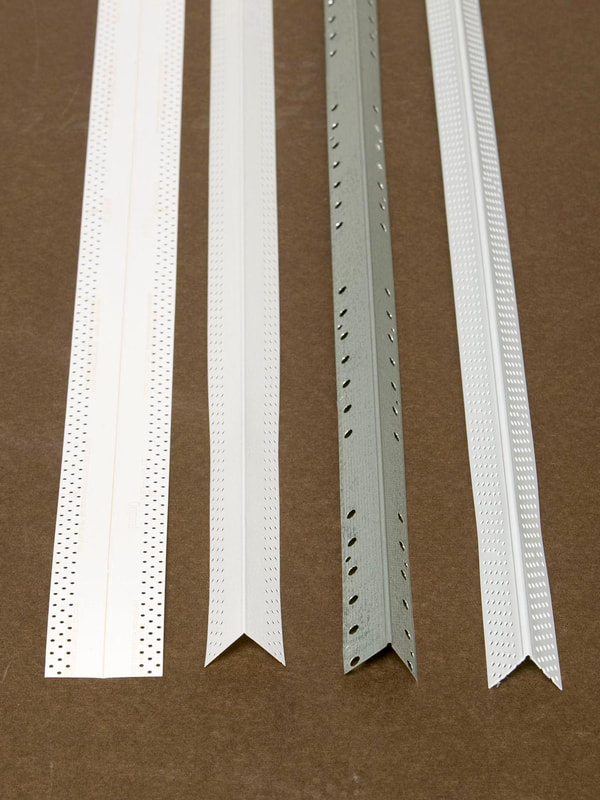
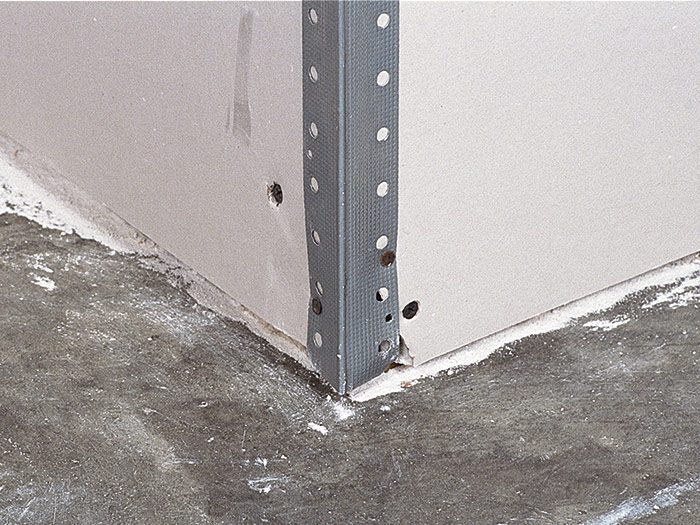
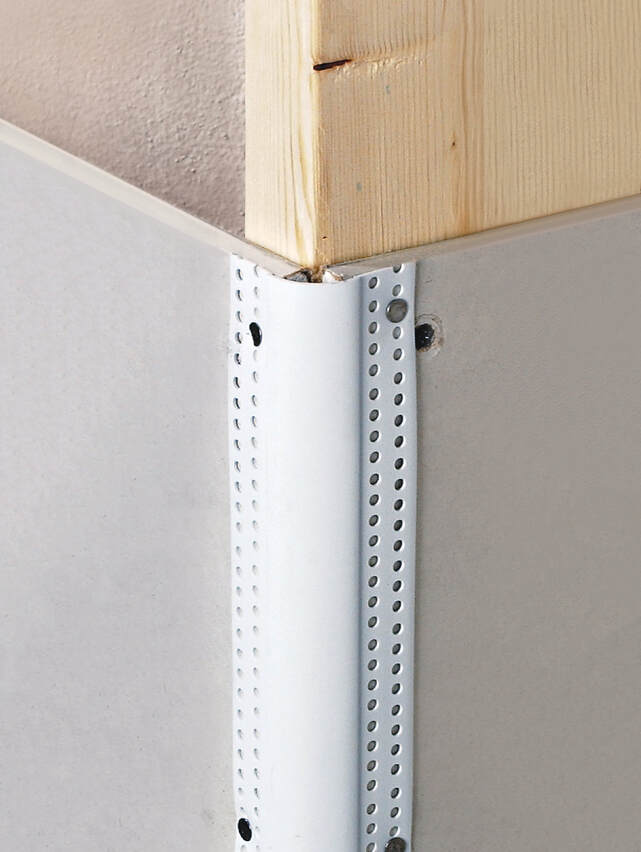
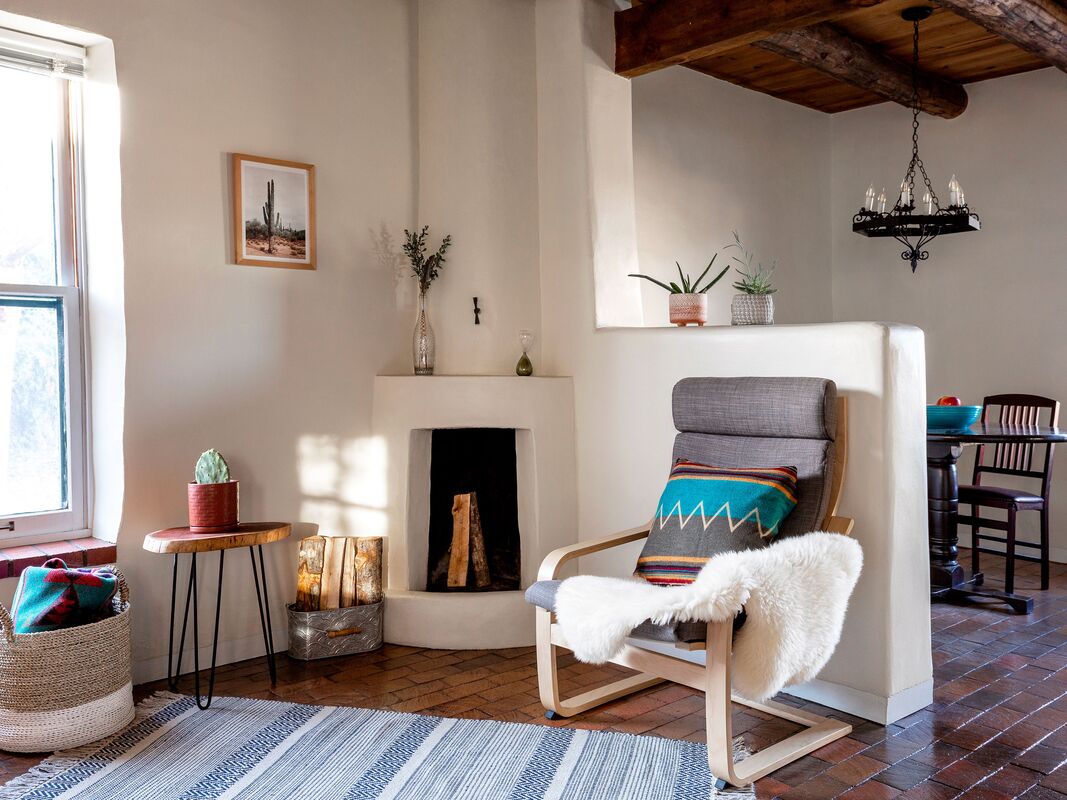
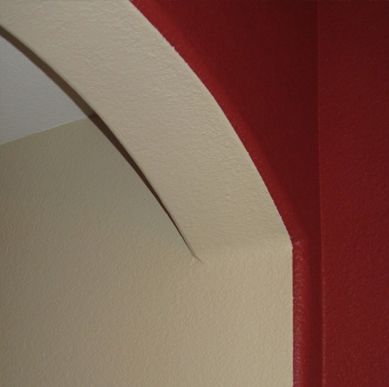
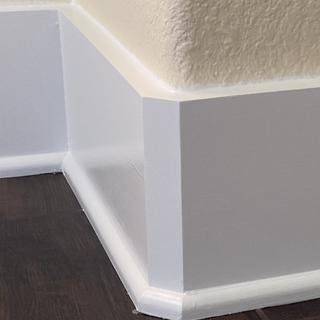
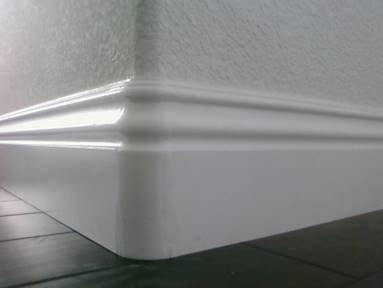
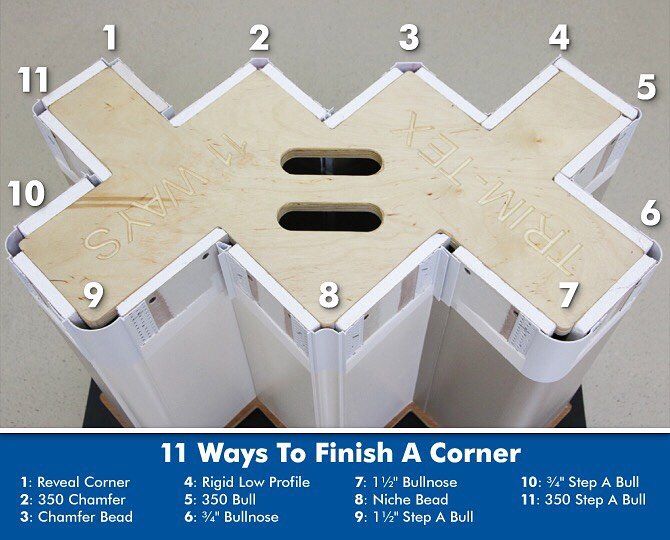
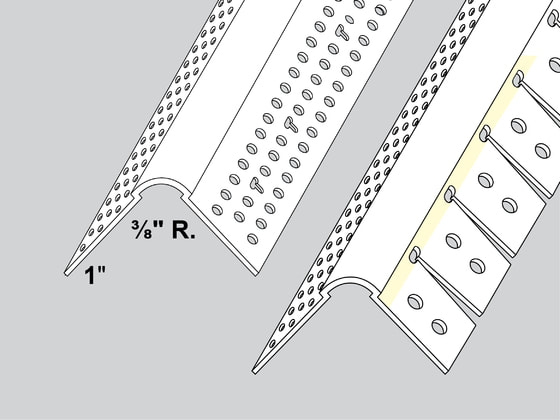
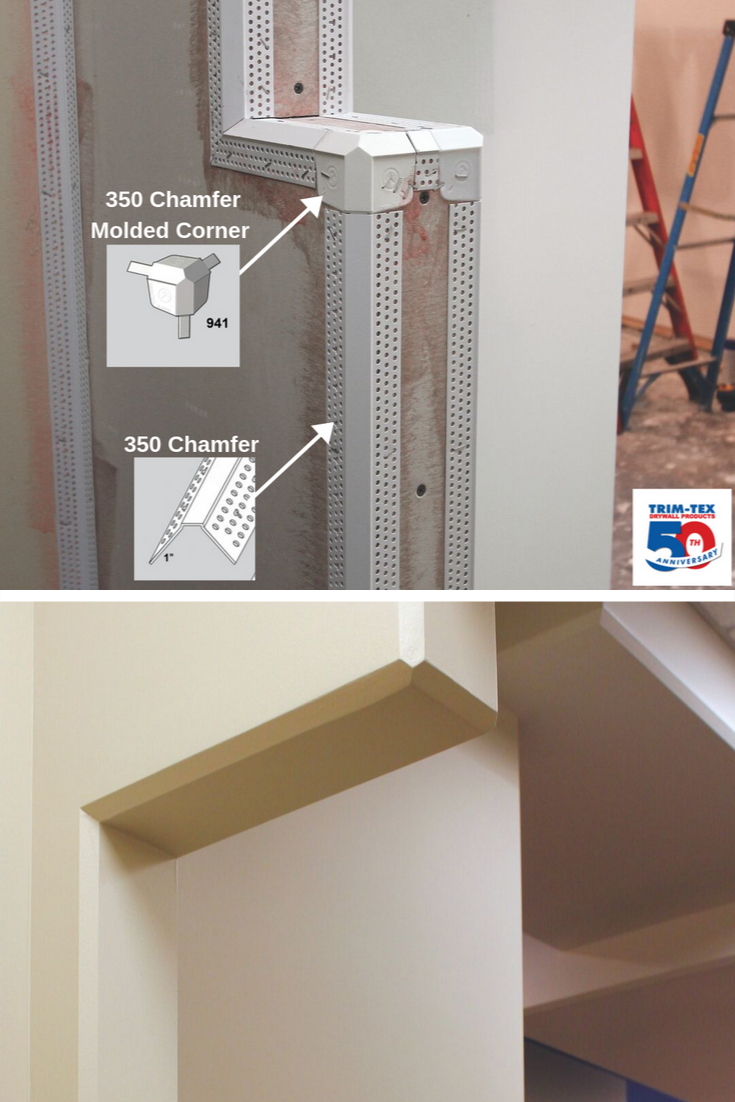
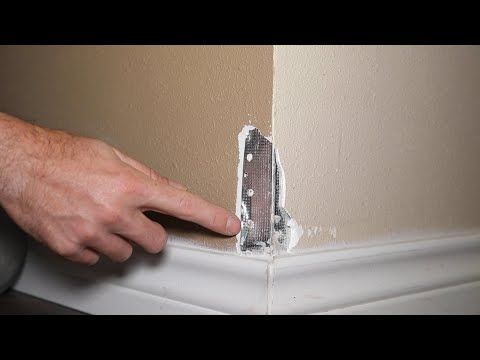
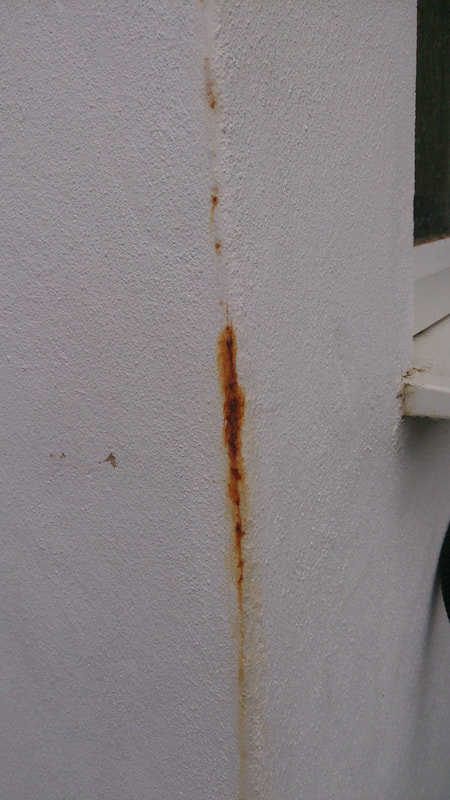
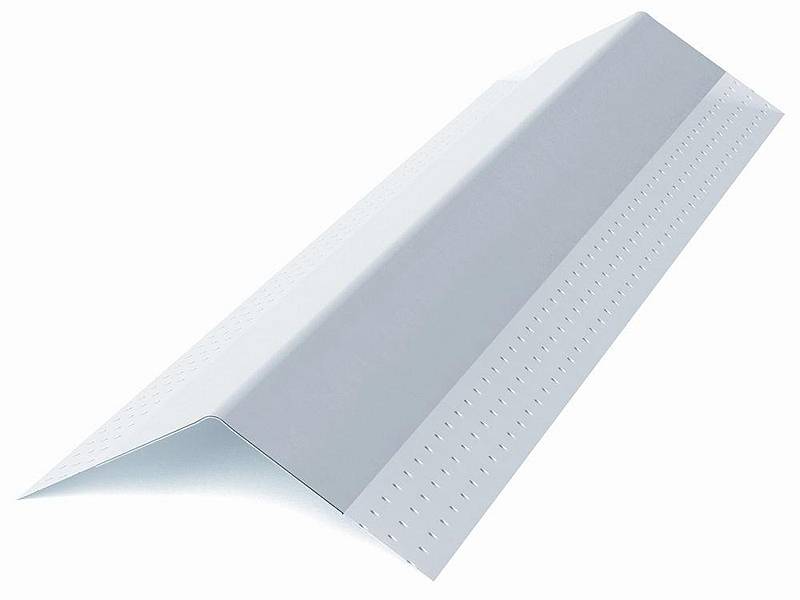
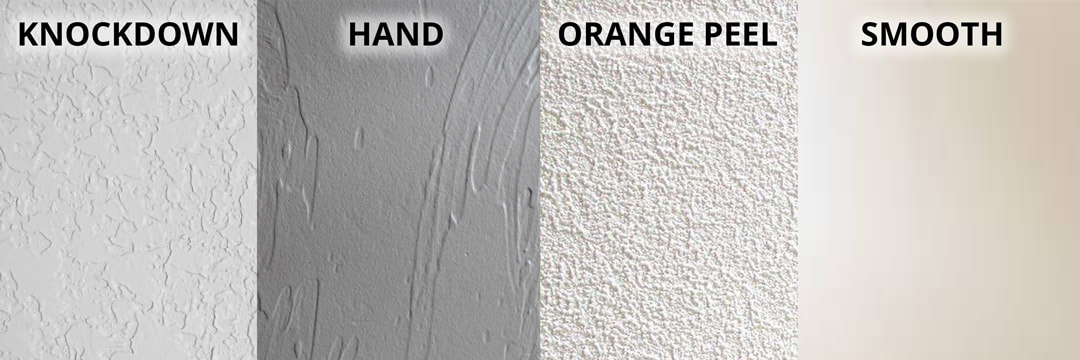
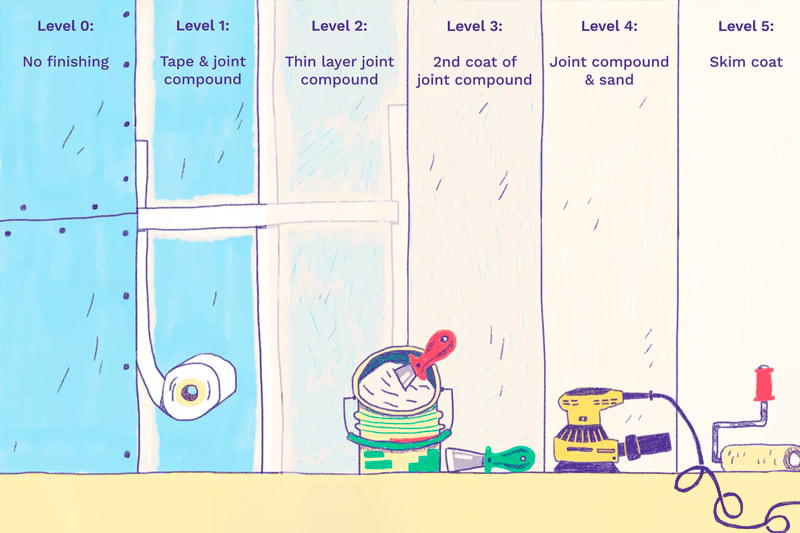
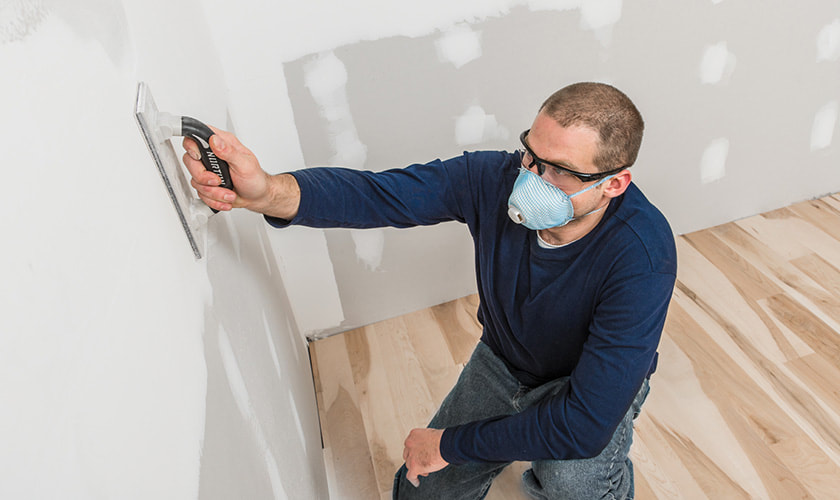
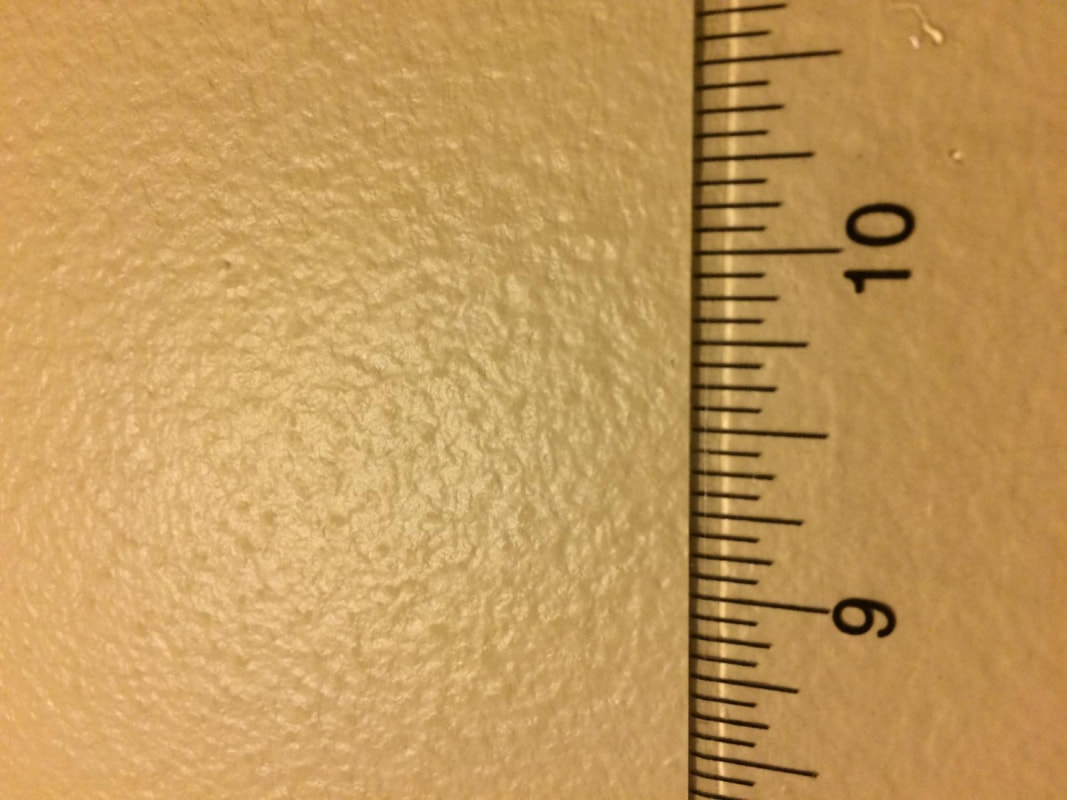
 RSS Feed
RSS Feed